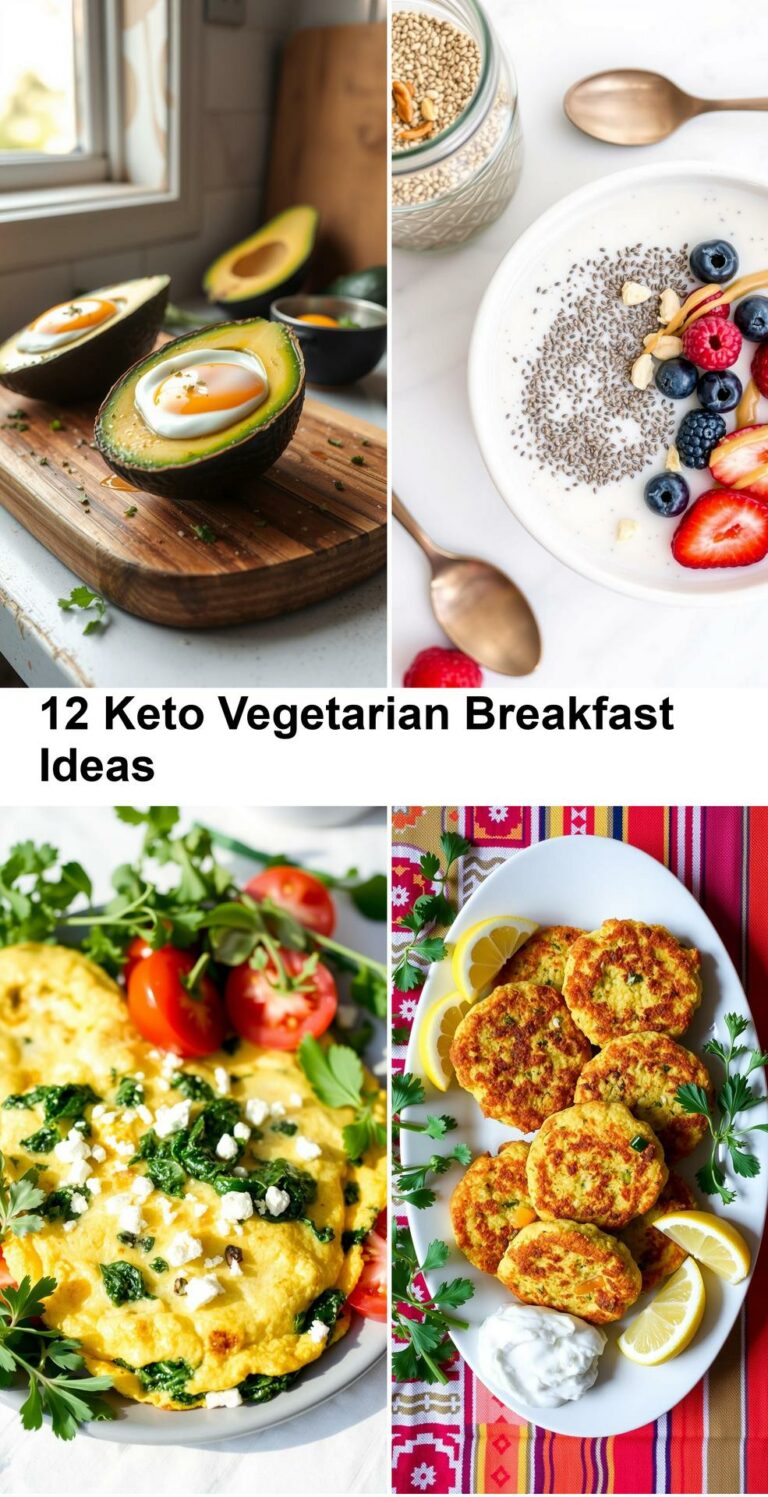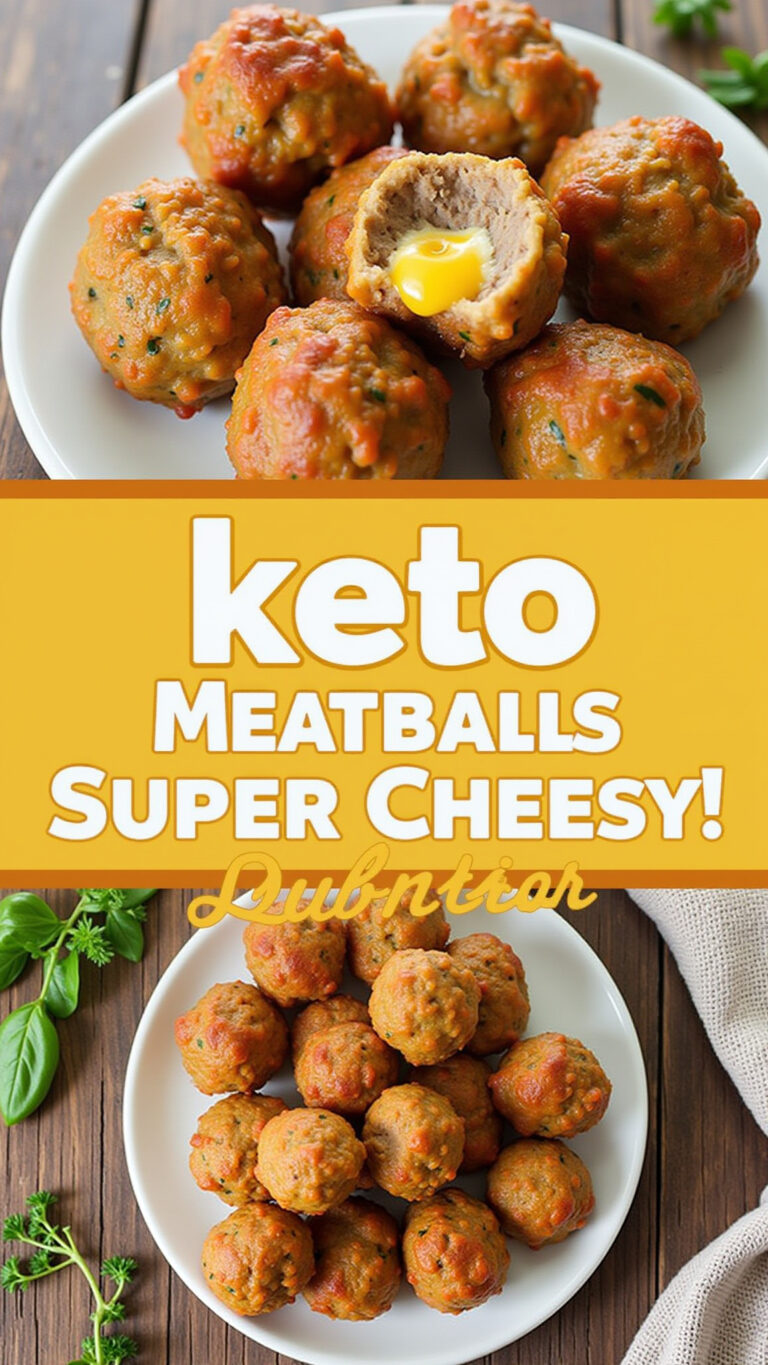Exploring Low-Carb Cereals: Ingredients and Innovations

The quest for a healthy breakfast often leads to the cereal aisle, but traditional cereals are often packed with sugar and carbohydrates. This article explores the world of low-carb cereals, focusing on the ingredients that make them a healthier alternative. Whether you’re following a ketogenic diet, managing diabetes, or simply looking to reduce your carb intake, understanding the ingredients in low-carb cereals is crucial for making informed choices.
What Makes a Cereal “Low Carb?”
The term “low carb” is relative, but generally, a low-carb cereal contains significantly fewer carbohydrates per serving than traditional cereals. This usually means less than 15 grams of net carbs per serving. Net carbs are calculated by subtracting fiber and sugar alcohols (if applicable) from the total carbohydrate content.
The key to low-carb cereal lies in the selection of ingredients that minimize carbohydrate content while providing essential nutrients and a satisfying taste. Let’s delve into the most common and beneficial ingredients found in these cereals.
Primary Low-Carb Cereal Ingredients
The foundation of any good low-carb cereal rests on its core ingredients. These components provide the bulk, texture, and a significant portion of the nutritional value.
1. Almond Flour
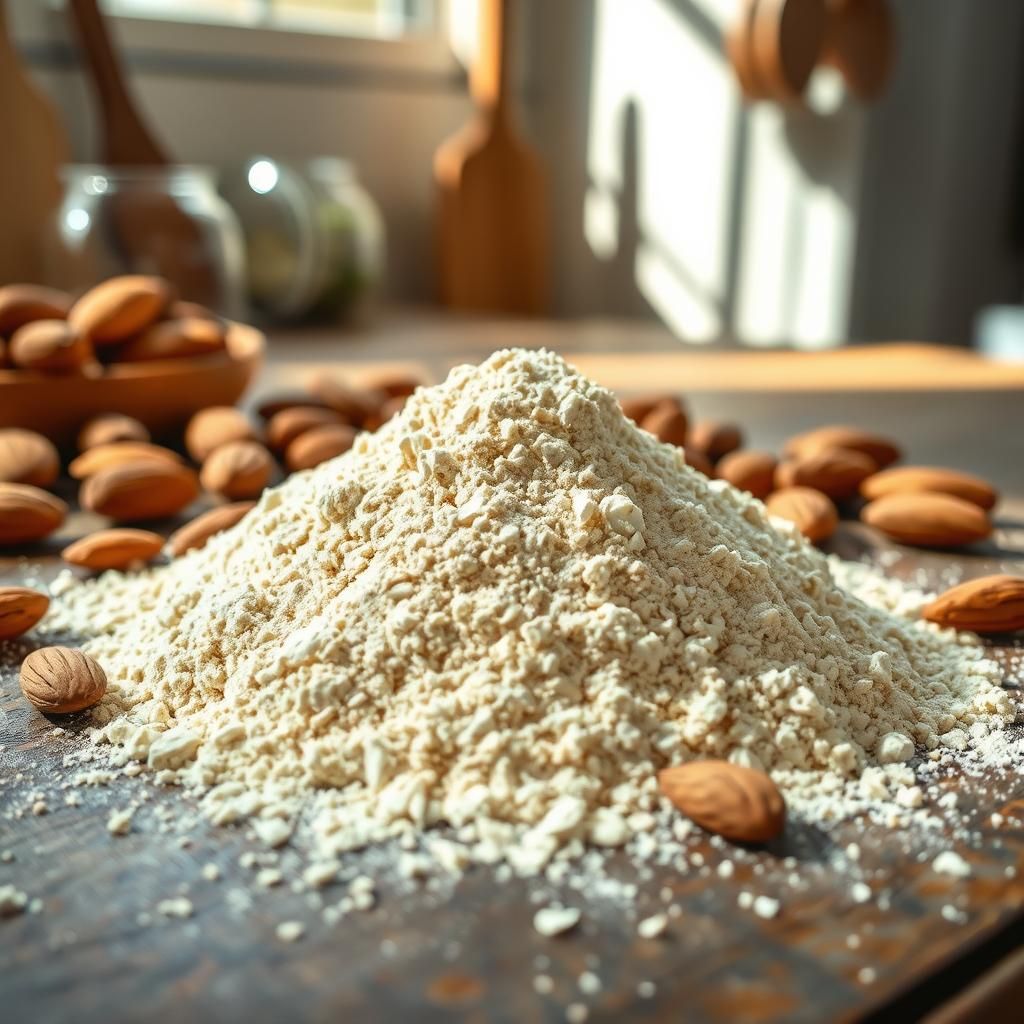
Almond flour is made from ground almonds and is a staple in low-carb baking and cooking. It’s a great source of healthy fats, vitamin E, and fiber. In low-carb cereal, almond flour provides a slightly nutty flavor and a more substantial texture compared to traditional wheat-based cereals.
- Nutritional Benefits: High in healthy fats, vitamin E, magnesium, and fiber.
- Carb Content: Approximately 6 grams of net carbs per ¼ cup serving.
- Taste and Texture: Slightly nutty flavor, contributes to a dense and chewy texture.
- Common Uses: Base for cereal flakes, granolas, and clusters.
2. Coconut Flour
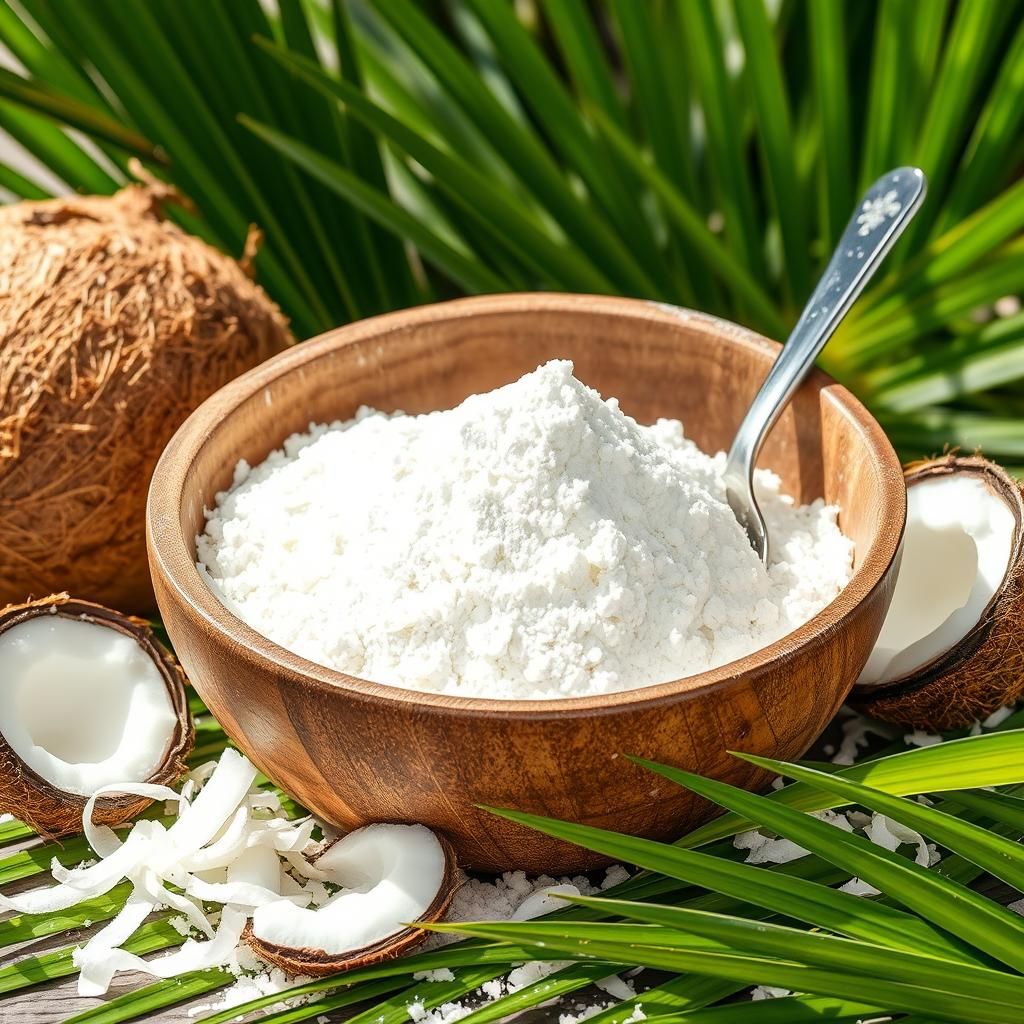
Coconut flour is another popular low-carb flour derived from dried coconut meat. It’s incredibly absorbent, so it’s often used in combination with other flours to achieve the desired texture. Coconut flour has a slightly sweet taste and is rich in fiber.
- Nutritional Benefits: High in fiber, manganese, and medium-chain triglycerides (MCTs).
- Carb Content: Approximately 2 grams of net carbs per ¼ cup serving.
- Taste and Texture: Slightly sweet coconut flavor, contributes to a light and airy texture when used correctly. Can be drying if not balanced with other ingredients.
- Common Uses: Adds bulk and fiber to cereal mixtures, often combined with almond flour.
3. Oat Fiber

Oat fiber is pure insoluble fiber derived from the outer hull of the oat grain. While oats themselves are relatively high in carbohydrates, oat fiber contributes zero net carbs because it is not digestible. It adds bulk, improves texture, and promotes digestive health.
- Nutritional Benefits: Zero net carbs, high in insoluble fiber.
- Carb Content: 0 grams of net carbs.
- Taste and Texture: Virtually tasteless, adds bulk and texture without impacting flavor.
- Common Uses: Improves the texture and structure of cereal, adding a satisfying crunch.
4. Seeds (Chia, Flax, Hemp, Sunflower, Pumpkin)
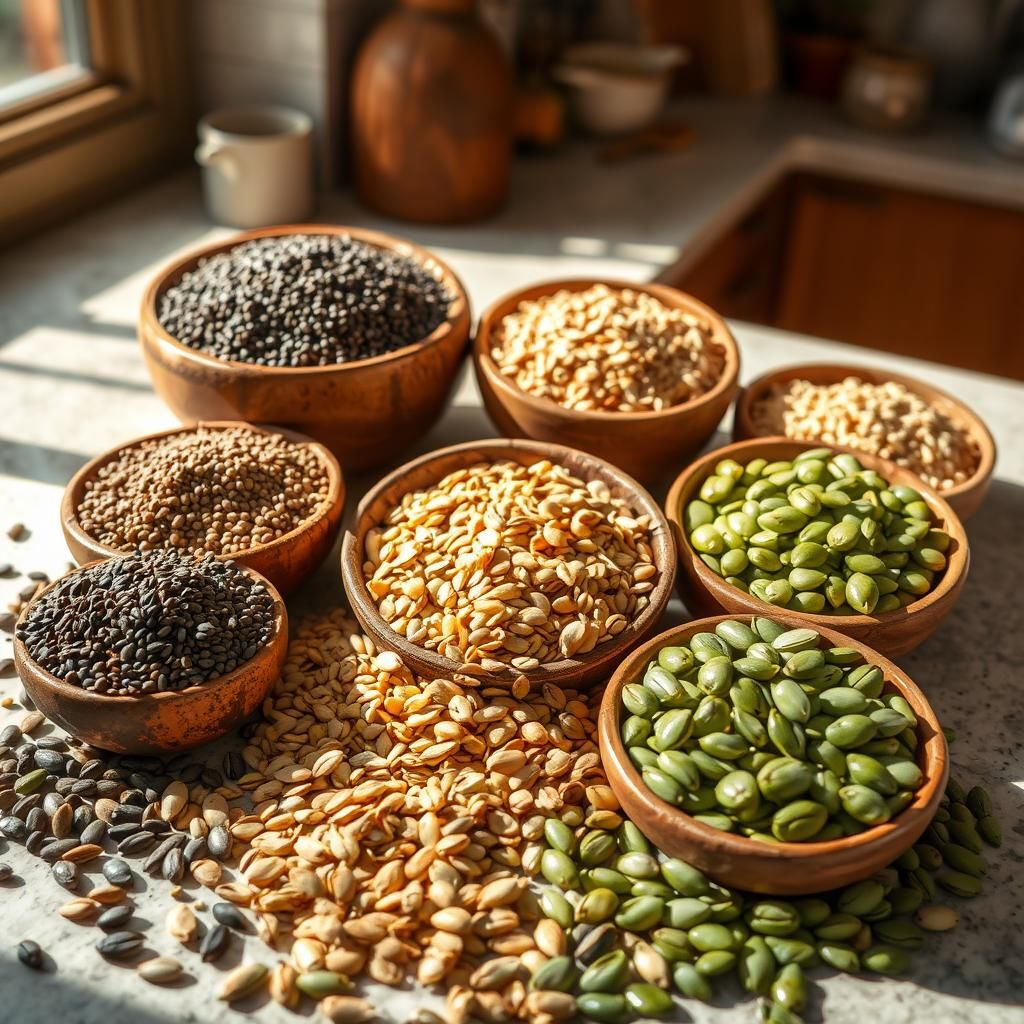
Seeds are nutritional powerhouses packed with healthy fats, protein, and fiber. They provide a satisfying crunch and a boost of essential nutrients. Chia, flax, hemp, sunflower, and pumpkin seeds are all commonly found in low-carb cereals.
- Nutritional Benefits: Rich in omega-3 fatty acids, protein, fiber, and various micronutrients.
- Carb Content: Varies depending on the type of seed, but generally low in net carbs.
- Taste and Texture: Nutty flavor, adds a satisfying crunch and texture.
- Common Uses: Sprinkled throughout cereal for added nutrition, flavor, and texture.
- Chia Seeds: Excellent source of soluble fiber, forming a gel-like substance when wet, which can aid in satiety.
- Flax Seeds: Rich in lignans and omega-3 fatty acids, beneficial for heart health.
- Hemp Seeds: Complete protein source containing all nine essential amino acids.
- Sunflower Seeds: Good source of vitamin E and healthy fats.
- Pumpkin Seeds: Rich in magnesium, zinc, and antioxidants.
5. Nuts (Almonds, Walnuts, Pecans, Macadamia)
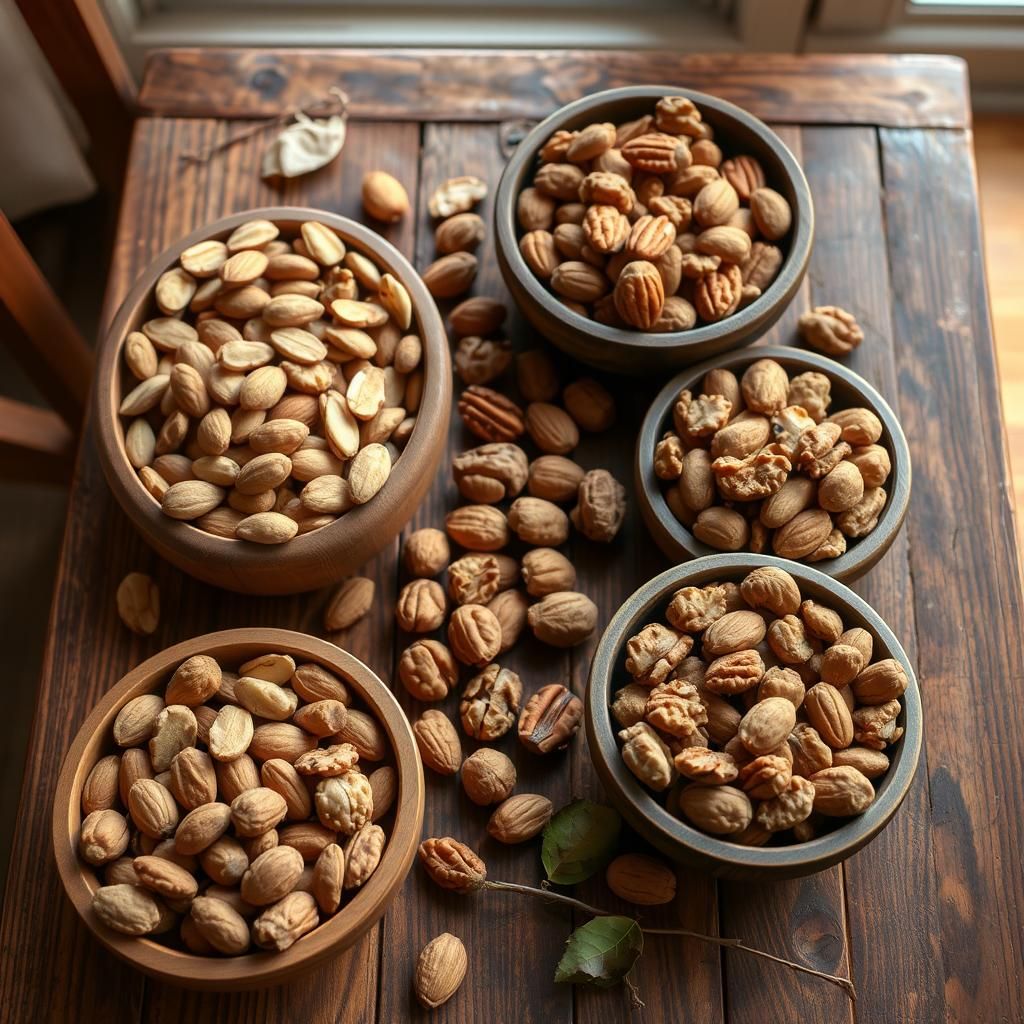
Nuts are another excellent source of healthy fats, protein, and fiber. They add a satisfying crunch and a rich, nutty flavor to low-carb cereals. Almonds, walnuts, pecans, and macadamia nuts are popular choices.
- Nutritional Benefits: High in healthy fats, protein, fiber, and various micronutrients.
- Carb Content: Varies depending on the type of nut, but generally low in net carbs.
- Taste and Texture: Rich, nutty flavor, adds a satisfying crunch.
- Common Uses: Chopped or sliced and added to cereal for flavor, texture, and nutritional benefits.
- Almonds: Good source of vitamin E and monounsaturated fats.
- Walnuts: Rich in omega-3 fatty acids and antioxidants.
- Pecans: Good source of monounsaturated fats and antioxidants.
- Macadamia Nuts: Highest in fat content, providing a creamy and rich flavor.
6. Protein Isolates (Whey, Soy, Pea)
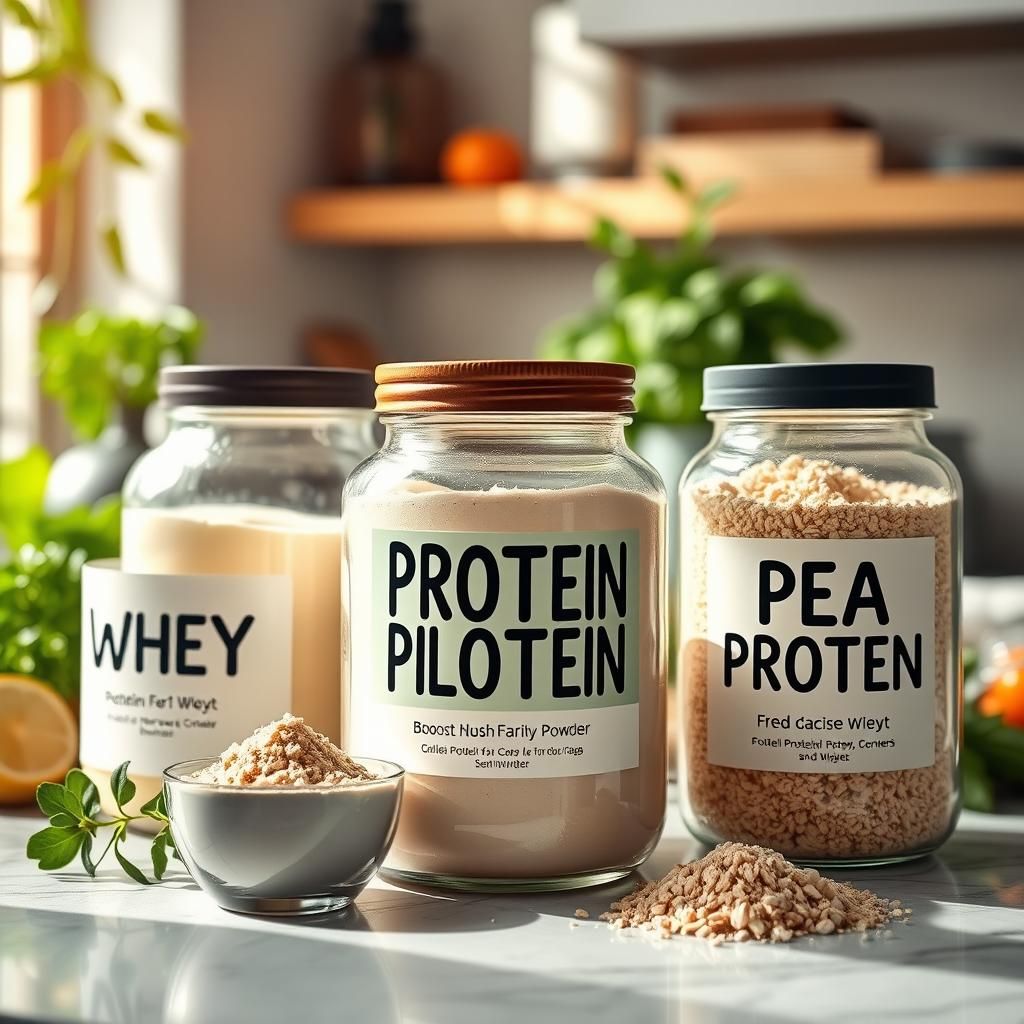
Protein isolates are concentrated sources of protein derived from whey, soy, or peas. They help increase the protein content of the cereal, promoting satiety and supporting muscle growth and repair.
- Nutritional Benefits: High in protein, low in carbohydrates and fats.
- Carb Content: Very low, typically less than 1 gram per serving.
- Taste and Texture: Relatively neutral flavor, can sometimes have a slightly chalky texture.
- Common Uses: Boosts the protein content of cereal, contributing to a feeling of fullness.
7. Psyllium Husk
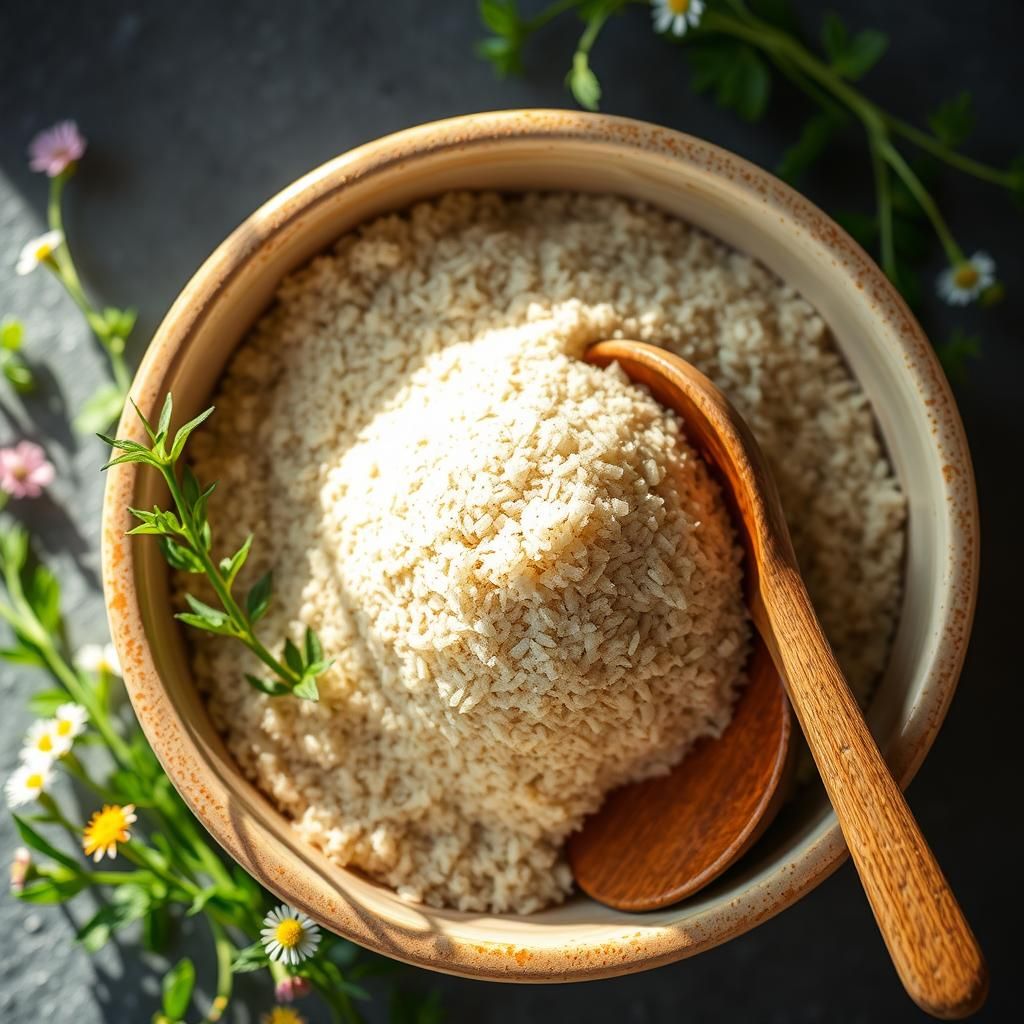
Psyllium husk is a soluble fiber derived from the seeds of the Plantago ovata plant. It’s highly absorbent and can help bind ingredients together, adding bulk and improving the texture of low-carb cereals. It also promotes digestive health.
- Nutritional Benefits: High in soluble fiber, promotes digestive health.
- Carb Content: 0 grams of net carbs.
- Taste and Texture: Virtually tasteless, adds bulk and helps bind ingredients.
- Common Uses: Improves texture and adds fiber to cereal mixtures.
Secondary Ingredients: Sweeteners, Flavors, and Binders
While the primary ingredients form the base of the cereal, secondary ingredients add sweetness, flavor, and help bind everything together. Choosing the right secondary ingredients is essential for creating a delicious and healthy low-carb cereal.
1. Low-Carb Sweeteners
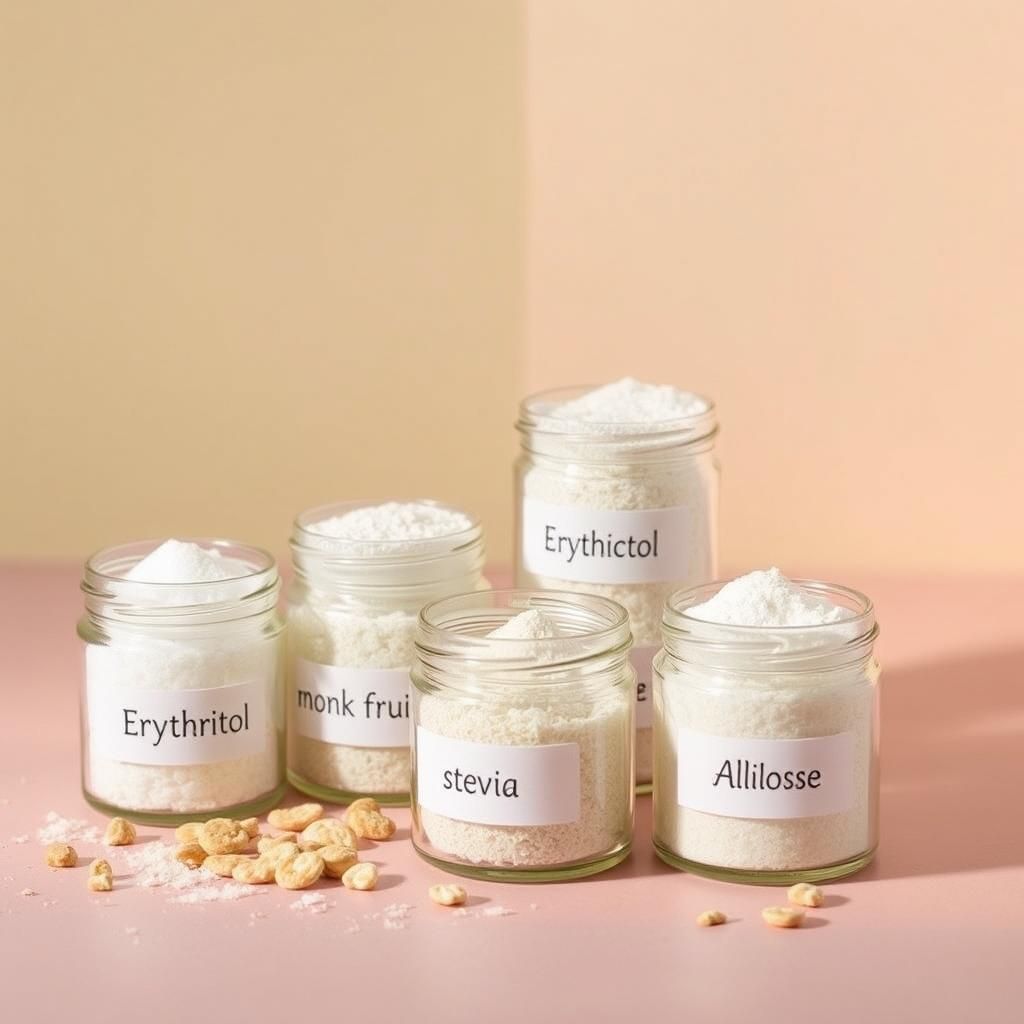
Traditional cereals are often loaded with sugar, which is a major concern for those following a low-carb diet. Low-carb cereals utilize alternative sweeteners to provide sweetness without significantly raising blood sugar levels.
- Erythritol: A sugar alcohol that is about 70% as sweet as sugar. It has virtually no calories or net carbs and is well-tolerated by most people.
- Stevia: A natural sweetener derived from the stevia plant. It is calorie-free and has no impact on blood sugar levels.
- Monk Fruit Extract: Another natural sweetener derived from the monk fruit. It is calorie-free and has no impact on blood sugar levels.
- Xylitol: Another sugar alcohol, similar to erythritol but slightly sweeter. It can have a laxative effect if consumed in large quantities. (Note: Xylitol is toxic to dogs.)
- Allulose: A rare sugar that is naturally found in some fruits. It has a similar taste and texture to sugar but has minimal impact on blood sugar levels.
2. Natural Flavors
Natural flavors are used to enhance the taste of low-carb cereals. These flavors can be derived from fruits, spices, or other natural sources.
- Vanilla Extract: Adds a warm, sweet flavor.
- Cinnamon: Provides a spicy, sweet flavor and has antioxidant properties.
- Cocoa Powder: Adds a rich chocolate flavor.
- Fruit Extracts: Can add fruity flavors without adding significant carbohydrates (e.g., strawberry extract, raspberry extract).
3. Binders
Binders are used to hold the cereal ingredients together and create a cohesive texture.
- Egg Whites: Provide protein and help bind ingredients together.
- Coconut Oil: Adds moisture and helps bind ingredients, also provides healthy fats.
- Flaxseed Meal: Acts as a binder and adds fiber and omega-3 fatty acids.
- Chia Seeds: As mentioned earlier, chia seeds form a gel-like substance when wet, which can act as a binder.
4. Added Fiber
Besides oat fiber and psyllium husk, other fibers might be added to boost the fiber content even further.
- Inulin: A prebiotic fiber that promotes gut health.
- Acacia Fiber: A soluble fiber that helps improve digestion and regulate blood sugar levels.
- Bamboo Fiber: An insoluble fiber that adds bulk and aids in digestion.
Hidden Carbs to Watch Out For
Even in cereals marketed as “low carb,” it’s crucial to scrutinize the ingredient list for hidden sources of carbohydrates.
- Maltodextrin: A highly processed carbohydrate derived from corn, rice, or potato starch. It’s often used as a thickener or sweetener and can quickly raise blood sugar levels.
- Modified Food Starch: Similar to maltodextrin, modified food starch can be derived from various sources and can contribute to carbohydrate content.
- Dextrose: A simple sugar derived from corn or wheat. It has a high glycemic index and can quickly raise blood sugar levels.
- Honey/Maple Syrup: While natural sweeteners, they are still high in carbohydrates and should be avoided in strict low-carb diets.
- Fruit Juice Concentrates: Concentrated sources of sugar that can significantly increase the carbohydrate content of the cereal.
Reading the Label: A Step-by-Step Guide
Navigating the nutritional information on cereal boxes can be overwhelming. Here’s a step-by-step guide to help you choose the best low-carb option:
- Serving Size: Pay close attention to the serving size listed on the label. All the nutritional information is based on this serving size.
- Total Carbohydrates: Look at the total carbohydrate content per serving.
- Fiber: Check the amount of fiber per serving. Fiber helps slow down the absorption of carbohydrates and promotes digestive health.
- Sugar: Note the amount of sugar per serving. Aim for cereals with minimal added sugar.
- Net Carbs: Calculate the net carbs by subtracting the fiber and sugar alcohols (if applicable) from the total carbohydrates.
- Ingredients List: Scrutinize the ingredient list for hidden carbs and unhealthy additives.
- Protein and Fat: Consider the protein and fat content. These nutrients contribute to satiety and help balance blood sugar levels.
Examples of Low-Carb Cereal Brands and Their Ingredients
Several brands offer low-carb cereal options. Here’s a brief overview of some popular choices and their key ingredients:
- Magic Spoon: Uses milk protein isolate, tapioca starch, coconut oil, and allulose. Flavored with natural flavors.
- Catalina Crunch: Uses pea protein, tapioca starch, potato fiber, corn fiber, inulin fiber, and erythritol.
- HighKey Snacks Cereal: Uses milk protein isolate, erythritol, almond flour, and various natural flavors.
- NuTrail Keto Granola: Uses almonds, pecans, sunflower seeds, pumpkin seeds, coconut flakes, erythritol, and coconut oil.
Note: Ingredients and nutritional information can vary, so always check the label before purchasing.
DIY Low-Carb Cereal Recipes

Making your own low-carb cereal allows you to control the ingredients and customize the flavor to your liking. Here’s a simple recipe to get you started:
Basic Low-Carb Cereal Recipe
Ingredients:
- 1 cup almond flour
- ½ cup coconut flour
- ¼ cup oat fiber
- ¼ cup chia seeds
- ¼ cup chopped almonds
- ¼ cup chopped walnuts
- 2 tablespoons erythritol or your preferred low-carb sweetener
- 1 teaspoon cinnamon
- ¼ cup melted coconut oil
- ½ teaspoon vanilla extract
Instructions:
- Preheat your oven to 300°F (150°C).
- In a large bowl, combine the almond flour, coconut flour, oat fiber, chia seeds, almonds, walnuts, erythritol, and cinnamon.
- Add the melted coconut oil and vanilla extract, and mix well until all ingredients are evenly coated.
- Spread the mixture in a thin layer on a baking sheet lined with parchment paper.
- Bake for 20-25 minutes, or until golden brown and crispy, stirring halfway through.
- Let cool completely before storing in an airtight container.
Variations:
- Add different nuts and seeds, such as pecans, macadamia nuts, sunflower seeds, or pumpkin seeds.
- Use different spices, such as nutmeg, ginger, or cardamom.
- Add unsweetened cocoa powder for a chocolate flavor.
- Add dried berries (in moderation) for a fruity flavor.

The Benefits of Choosing Low-Carb Cereal
Switching to low-carb cereal can offer several health benefits, particularly for those following a low-carb diet or managing diabetes.
- Blood Sugar Control: Low-carb cereals have a minimal impact on blood sugar levels, helping to prevent spikes and crashes.
- Weight Management: By reducing carbohydrate intake, low-carb cereals can aid in weight loss or maintenance.
- Increased Satiety: The high fiber and protein content of low-carb cereals can promote a feeling of fullness, helping to reduce overall calorie intake.
- Improved Energy Levels: By avoiding sugar crashes, low-carb cereals can provide sustained energy throughout the morning.
- Nutrient Density: Low-carb cereals are often packed with healthy fats, protein, fiber, and various micronutrients, making them a nutritious breakfast option.
Potential Drawbacks and Considerations
While low-carb cereals offer numerous benefits, there are also some potential drawbacks and considerations to keep in mind.
- Taste and Texture: Low-carb cereals may have a different taste and texture compared to traditional cereals. It may take some time to adjust to the alternative flavors and textures.
- Cost: Low-carb cereals can be more expensive than traditional cereals due to the higher cost of the ingredients.
- Digestive Issues: Some people may experience digestive issues, such as bloating or gas, when consuming large amounts of fiber or sugar alcohols.
- Hidden Ingredients: As mentioned earlier, it’s crucial to scrutinize the ingredient list for hidden carbs and unhealthy additives.
- Nutritional Completeness: While many low-carb cereals are fortified with vitamins and minerals, it’s important to ensure that you are getting a balanced diet from other sources as well.
The Future of Low-Carb Cereals
The demand for low-carb and keto-friendly foods is growing rapidly, and the low-carb cereal market is expected to continue to expand. As technology advances and consumer preferences evolve, we can expect to see even more innovative and delicious low-carb cereal options in the future.
Some potential trends in the low-carb cereal market include:
- New and Innovative Ingredients: Exploring new and unique low-carb ingredients, such as lupin flour, tiger nut flour, and resistant starch.
- Improved Flavors and Textures: Developing new techniques to improve the taste and texture of low-carb cereals, making them more appealing to a wider audience.
- Personalized Nutrition: Creating personalized cereal options tailored to individual dietary needs and preferences.
- Sustainable and Ethical Sourcing: Focusing on sustainable and ethical sourcing of ingredients.
- Convenience and Accessibility: Making low-carb cereals more convenient and accessible to consumers through online retailers and grocery stores.
In Conclusion
Low-carb cereals offer a healthier alternative to traditional cereals, providing a delicious and nutritious breakfast option for those looking to reduce their carbohydrate intake. By understanding the key ingredients, scrutinizing the nutritional information, and being aware of potential drawbacks, you can make informed choices and enjoy the many benefits of low-carb cereal. Whether you choose to purchase a commercially available brand or make your own at home, low-carb cereal can be a valuable addition to a healthy and balanced diet. The future of low-carb cereals is bright, with continued innovation and a growing focus on taste, texture, and nutritional completeness. Embrace the world of low-carb cereal and start your day off right!
Check Out These Keto Resources!
Affiliate Link Disclosure: Some of the links in this post are affiliate links. This means that if you click on the link and make a purchase, I may receive a small commission at no extra cost to you. I only recommend products or services that I personally use and believe will be valuable to my readers.



